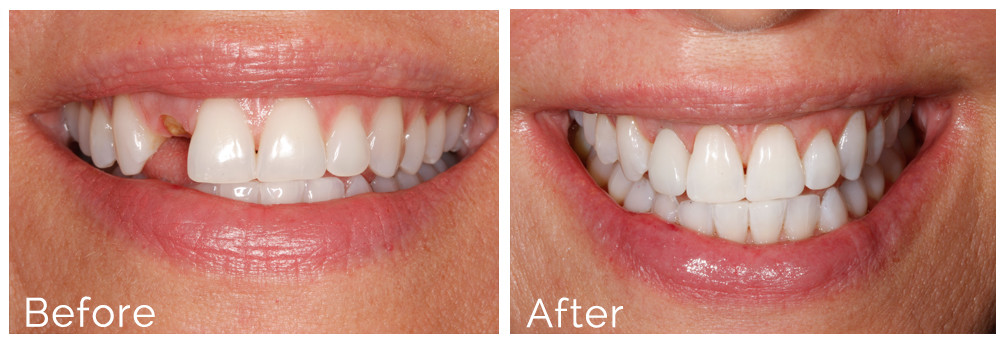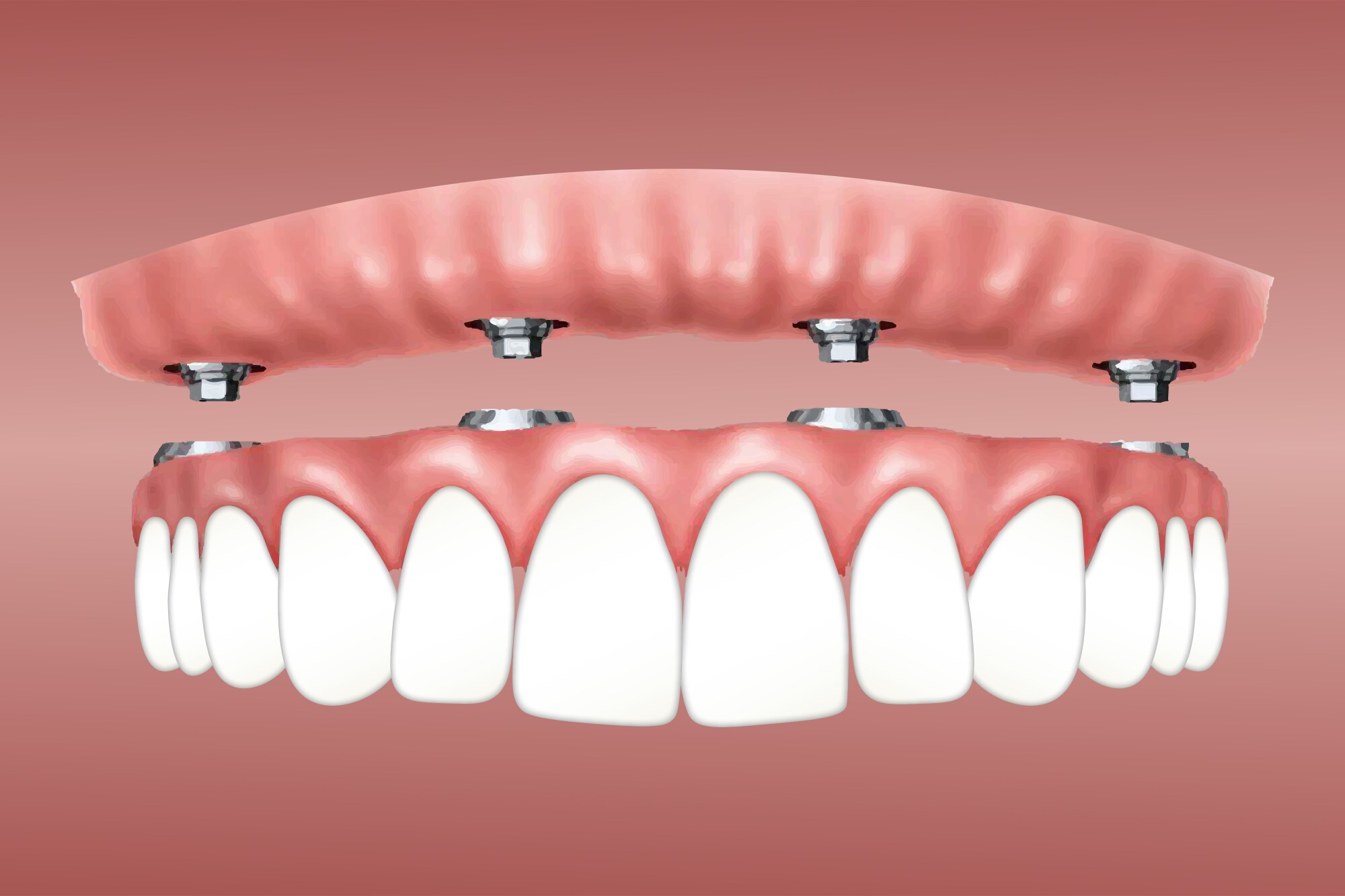A Biased View of Dental Sense
A Biased View of Dental Sense
Blog Article
Getting The Dental Sense To Work
Table of ContentsNot known Factual Statements About Dental Sense Top Guidelines Of Dental SenseDental Sense - QuestionsNot known Details About Dental Sense
are medical tools operatively implanted into the jaw to recover an individual's capacity to eat or their appearance. They supply assistance for artificial (phony) teeth, such as crowns, bridges, or dentures. When a tooth is shed due to injury or disease, an individual can experience issues such as quick bone loss, faulty speech, or adjustments to eating patterns that cause pain.Oral implant systems contain a dental implant body and oral implant joint and may likewise include a joint fixation screw. Professional teeth whitening. The dental implant body is surgically inserted in the jawbone in location of the tooth's root. The dental implant abutment is typically affixed to the dental implant body by the joint addiction screw and extends through periodontals into the mouth to sustain the affixed artificial teeth
(https://www.openstreetmap.org/user/dentalsense1)Framework of The Oral Implant System choosing oral implants, speak to your dental copyright about the possible advantages and risks, and whether you are a candidate for the procedure. Points to take into consideration: Your total health is an essential consider identifying whether you are a great prospect for oral implants, exactly how long it will require to recover, and just how long the implant might remain in area.
Smoking cigarettes may affect the recovery process and decrease the lasting success of the implant. The recovery procedure for the dental implant body may take a number of months or longer, during which time you commonly have a short-lived joint in place of the tooth. the oral implant procedure: Very carefully adhere to the oral hygiene directions given to you by your oral service provider.
More About Dental Sense
Implant failing can result in the need for an additional medical procedure to deal with or change the implant system. Restores the ability to chew Recovers aesthetic appearance Aids maintain the jawbone from diminishing due to bone loss Maintains the health of the surrounding bone and gum tissues Assists maintain adjacent (neighboring) teeth secure Enhances high quality of life Damage to surrounding natural teeth throughout implant placement Injury to the surrounding tissues during surgery, such as sinus opening Injury throughout surgical procedure (for instance, crack of bordering jawbone) Inadequate feature, such as seeming like the teeth do not bite together normally A sensation that the tooth hangs or twisting in position arising from a joint screw loosening Implant body failing (looseness of the dental implant body) because of systemic infection, which might be more probable in people with unchecked diabetes mellitus due to neighborhood infection in bone and gums sustaining the implant body due to delayed healing, which may be more probable in clients that smoke Difficulty cleansing the gum tissues around the implant, leading to bad dental hygiene Without treatment periodontal illness Post-surgical tingling due to nerve impingement or damage Constantly notify healthcare suppliers and imaging specialists that you have oral implants before any kind of magnetic resonance imaging (MRI) or x-ray procedures.
FDA is not aware of any type of negative occasions reported for MRI or x-ray treatments with dental implants. Oral implants systems are generally constructed from products that comply with worldwide consensus standards of the International Company for Standardization (ISO) or ASTM International. These standards have information of what makes a safe product.

An oral implant is a structure that replaces a missing out on tooth. With screw-like devices, the surgeon inserts an implant into the jawbone, and it acts as an anchor for a fabricated tooth, called a crown. A device called an abutment connects the fabricated tooth to the dental implant. The crown is customized to fit the person's mouth and match the shade of their teeth.
The 4-Minute Rule for Dental Sense
Some individuals are not eligible for oral implant surgery. It is for dental cosmetic surgeons to operate individuals with: acute illnessuncontrollable metabolic diseasebone or her explanation soft cells illness or infectionIf these issues are solved, an individual can have the surgical procedure. In, oral surgeons avoid running on individuals with: If people with any of the above undertake dental implant surgical procedure, there is a higher risk of the dental implant stopping working.

Dental implant surgical treatment is a tailored process. Provide you time to heal. Affix the blog post and last crown, bridge or denture.
Next off, your cosmetic surgeon will very carefully place the oral implant right into your jaw. If your implant is near the front of your mouth, your dental professional will certainly make a short-lived tooth for you to wear up until you heal.
Dental Sense for Dummies
Throughout the recovery phase, your jawbone needs to fuse to the dental implant. This procedure can take anywhere from 3 to 9 months.
Once your dental implant heals, your dental practitioner can connect the joint (little adapter blog post) and your last repair (crown, bridge or denture). This typically takes concerning one hour to finish and may call for a 2nd small surgery. You should not feel any kind of pain throughout your oral implant procedure because your company will certainly use medicine to numb your gum tissues.
Report this page